Were Trump’s tariffs economic weapons or trade barriers?
- Update Time : Sunday, February 9, 2025

The controversy surrounding President Donald Trump’s tariffs has reignited debates over trade policy, economic protectionism, and geopolitical strategy. Critics, both domestically and internationally, have condemned them as counterproductive, xenophobic, and imperialistic. Meanwhile, supporters argue that these measures were essential for restoring economic fairness and safeguarding national security. However, the fundamental question remains: Were Trump’s tariffs merely traditional tariffs, or were they strategic tools designed to address longstanding international imbalances?
Historically, tariffs have been defined as taxes imposed on imported goods to protect domestic industries from foreign competition. The prevailing argument among economists is that tariffs, by increasing the price of imports, shield inefficient domestic producers from competition and stifle innovation. Free trade advocates insist that market forces should dictate production and that artificially protecting certain industries leads to economic inefficiencies and higher consumer prices.
Yet, Trump’s tariffs largely deviated from this traditional rationale. They were not primarily imposed to protect inefficient industries; rather, they were designed to correct perceived geopolitical and economic imbalances. Trump’s tariffs targeted nations that engaged in unfair trade practices, facilitated illegal activities, or benefited disproportionately from American economic and security commitments without offering reciprocity. In this sense, these tariffs functioned more as punitive economic sanctions than as traditional trade barriers.
One of the most controversial aspects of Trump’s trade policies was his threat to impose tariffs on Mexican goods. The primary justifications for these tariffs were not related to trade deficits alone but rather to Mexico’s failure to address three major issues:
The Drug Trade: Mexico has long been a primary transit point for illicit drugs entering the United States, particularly fentanyl. The country’s cartels, with raw materials supplied from China, process and smuggle vast amounts of fentanyl across the US-Mexico border. The resulting opioid crisis has claimed hundreds of thousands of American lives. Despite repeated diplomatic efforts, Mexico failed to take adequate action to curb cartel activities, prompting Trump to use tariffs as a means of pressure.
Illegal Immigration: Over the last four years of Trump’s presidency, an estimated 10-12 million illegal immigrants crossed into the US from Mexico. Many were economic migrants, but some were criminals released from prisons in their home countries. Mexico, rather than cooperating with the US on border security, effectively encouraged the migration while simultaneously benefiting from $63 billion in annual remittances from Mexican workers in the US Tariffs were used as leverage to force Mexico to strengthen its border enforcement.
Trade Imbalance: Mexico enjoys an annual trade surplus of nearly $170 billion with the US, profiting from the American market while providing minimal reciprocal benefits. Trump’s tariffs were an attempt to compel Mexico to engage in more equitable trade practices and to share responsibility for border security and the drug crisis.
Trump’s tariffs against Canada were also aimed at non-traditional concerns. Canada’s annual trade surplus with the US exceeds $50 billion, due in part to its selective tariff policies. However, the more pressing issue was Canada’s reliance on American military protection without fulfilling its defense commitments.
Under NATO agreements, member states are expected to allocate at least 2% of their GDP to defense spending. Canada consistently failed to meet this obligation, contributing only 1.37%. The US, meanwhile, has shouldered the burden of securing North America, funding nearly 16% of NATO’s budget, and maintaining global military commitments. Trump’s tariffs on Canadian goods were, in essence, an economic warning for Canada to increase its defense spending and contribute fairly to the alliance.
Both Venezuela and Colombia have been accused of deliberately emptying their prisons and sending criminals to the United States as part of an unspoken strategy to offload domestic problems onto the US Trump’s tariffs on these nations were less about protecting American industries and more about countering this weaponized migration. By imposing tariffs, Trump sought to impose economic costs on regimes that exploited American immigration policies for their own benefit.
China’s economic rise has been fueled by trade practices that many analysts consider unfair and predatory. These include:
Intellectual Property Theft: China has systematically stolen American technology, allowing it to leapfrog industrial development at the expense of US innovation.
Dumping Practices: Chinese companies, often state-subsidized, sell goods below production costs to capture market share and drive out competition.
Offshoring and Deindustrialization: China’s aggressive trade policies contributed to the hollowing out of the American industrial base, leaving behind economic devastation in former manufacturing hubs.
Trump’s tariffs on Chinese goods were aimed at reversing these trends. They sought to incentivize companies to relocate production back to the US, restore domestic manufacturing, and force China to play by international trade rules. The tariffs were also used as leverage to negotiate a better trade deal, culminating in the Phase One Agreement, which required China to purchase more American goods and limit currency manipulation.
The European Union enjoys a massive half-trillion-dollar trade surplus with the US like Canada, it has benefited from American military protection while imposing asymmetrical tariffs on US goods. Europe’s underinvestment in defense has been a long-standing issue, with many EU nations failing to meet NATO spending commitments. Trump’s tariffs on European goods were intended to address these disparities and push Europe toward a more balanced economic and security partnership.
Trump’s tariffs were not tariffs in the traditional sense. They were geopolitical tools aimed at correcting imbalances that diplomacy had failed to address for decades. Whether targeting drug cartels in Mexico, offshoring in China, migration policies in Venezuela, or NATO freeloading in Canada and Europe, Trump used tariffs as a last-resort measure to enforce fairness and reciprocity.
The backlash against these tariffs was predictable, as many nations had grown accustomed to exploiting American economic and security generosity. However, Trump’s approach forced a reevaluation of global trade dynamics and set a precedent for future administrations to use economic leverage as a means of national security and strategic policy.
Ultimately, whether one agrees with Trump’s methods or not, it is clear that his tariffs were less about economic protectionism and more about restoring balance to international relations. The question remains: Will future leaders continue using tariffs as a geopolitical tool, or will they revert to the failed diplomatic approaches of the past?


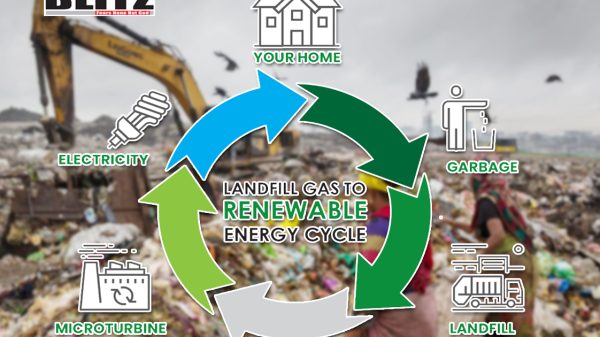
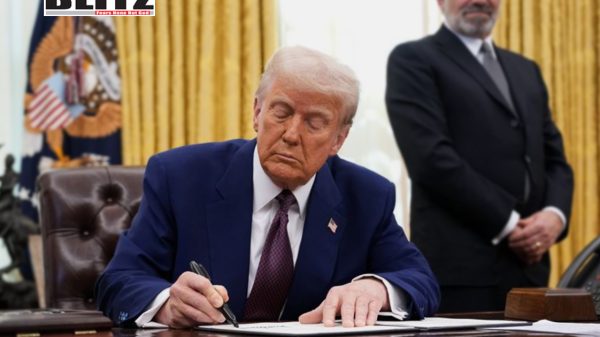

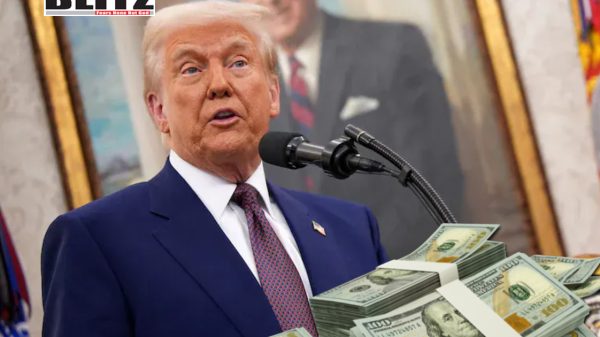
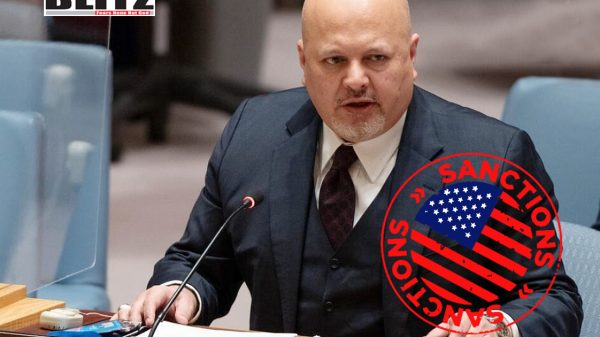

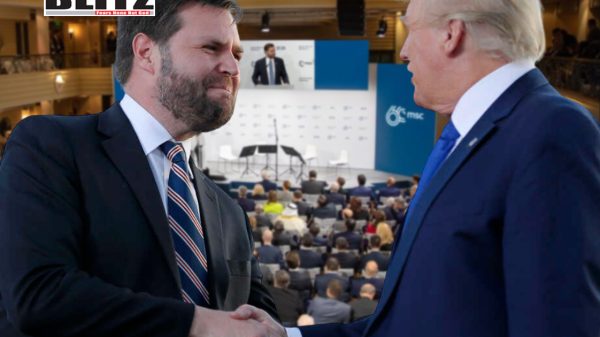

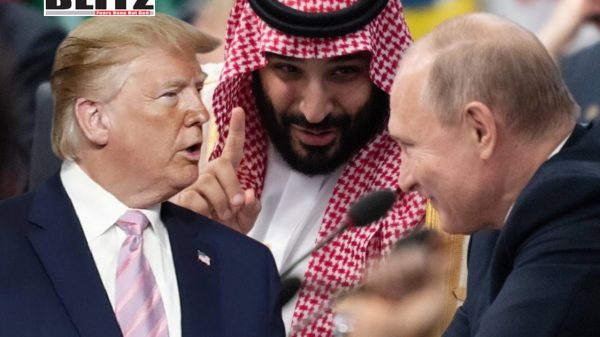





Leave a Reply